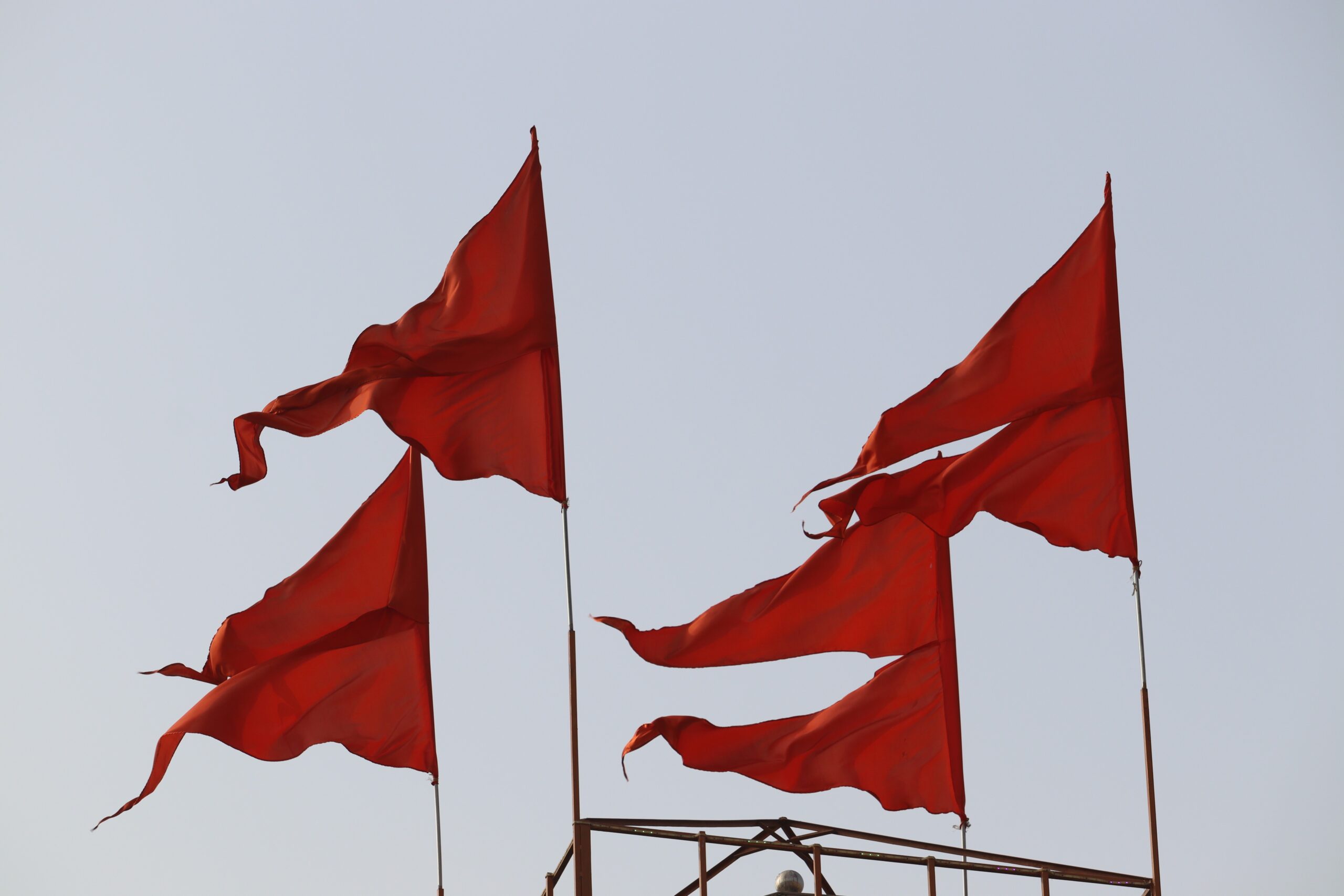
‘Odia ‘Asmita’ (pride or self-respect) played a significant role in turning the electoral tide in favour of the BJP in the state. Hindutva politics successfully mobilised the masses and captured both the state and its government by leveraging Odia ‘Asmita’ as a key tool in their election campaign during the last state assembly elections on June 4, 2024. This led to the formation of the 17th Assembly in the state. Different forms of ‘othering’ strategies are central to Hindutva politics during and after elections. Under the banner of Odia ‘Asmita‘ (pride), Hindutva leadership successfully consolidated Odia voters against a civil servant-turned-politician who was merely following instructions from Mr. Naveen Patnaik, the President of the Biju Janata Dal (BJD).
During the election campaign, no one explicitly defined ‘Odia Asmita.’ However, for the first time, the Deputy Chief Minister of Odisha, Mr. Kanak Vardhan Singh Deo, articulated its meaning while addressing the Sambad CEO Conclave-2024 in Bhubaneswar on June 14, 2024. He defined ‘Odia Asmita’ as ‘Odias taking control of their own destiny through their elected representatives by taking the decision-making process of the government into their hands. It also means Odisha making environmentally sustainable decisions for its own future.’ Mr. Singh Deo further emphasized, ‘No outside forces shall be allowed to exploit our forests and natural resources. While my government is committed to its ESG (Environmental, Social, and Governance) goals, I expect industries to adhere to their ESG commitments as well.’
Mr. Singh Deo did not clarify or define who qualifies as an outsider and who as an insider. For instance, is a civil servant working for the state under the rules and regulations of the governments of Odisha and India considered an outsider? Is a person married into Odia family deemed an outsider? Who, then, is an outsider? Such ambiguity reflects a form of “politics of othering,” which lies at the core of Hindutva politics.
At first glance, Mr. Singh Deo’s conceptualization of ‘Odia Asmita‘ appears unproblematic. However, a closer examination of his statement reveals a disregard for the history of ‘Odia Asmita‘ and the struggles of the Odia people. From fighting to establish Odia as an independent language to demanding the creation of Odisha as a state based on linguistic identity, this history is deeply rooted in the assertion of Odia pride and autonomy that Mr Singh Deo and his Hindutva politics undermines.
Mr. Singh Deo’s statement seems to imply that Odias began taking control of democracy, decision-making processes, and governance for the first time only after the BJP came to power in the state. This narrative overlooks the relentless efforts of Odia people, who have long fought to safeguard their environment and natural resources from corporate exploitation.
Contrary to the ideals of ‘Odia Asmita,’ the newly formed BJP government has been leasing mines to corporations whose interests fundamentally oppose those of the state and its people. Moreover, the BJP government has awarded major construction projects in the state to private companies with questionable records. In this context, ‘Odia Asmita‘ appears to have been used merely as an electoral strategy to advance Hindutva politics in Odisha. So far, the BJP government has done nothing to meaningfully promote and deepen ‘Odia Asmita’ either within or beyond the state.
The BJP government in Odisha follows in the footsteps of the previous BJD government. The Fiscal Strategy Report (2023-24) and (2024-25), which provide the framework for Odisha’s budget, are not primarily shaped by the policies and politics of either the former BJD government or the current BJP government. Instead, they are influenced by the IMF’s South Asia Regional Training and Technical Assistance Center (SARTTAC). According to the Department of Finance, Government of Odisha, this institution has developed a Medium-Term Fiscal Framework (MTFF) to support annual budget formulation and medium-term fiscal planning. The Department of Finance, Government of Odisha further states that “the objective of developing the MTFF is to use it as a reference for the preparation of the annual budget and fiscal planning over the subsequent two years.” This underscores the external influence on fiscal policymaking in Odisha, potentially limiting the role of state governments in independently shaping the state’s financial direction.
The budget is not merely an economic statement; it embodies a vision for economic growth, development, and planning, shaping the state’s future, its people, and their developmental destiny. More importantly, it is a political declaration aimed at the economic empowerment of the people. However, both the previous BJD government and the current BJP government have undermined ‘Odia Asmita‘ by outsourcing this fundamental responsibility to the IMF and its South Asia team based in New Delhi. This approach reflects the disregard of both governments for the people of Odisha, as if the state lacks the talent and expertise necessary to formulate its own budget. When a government outsources such a critical duty, it essentially functions as an “outsourcing government,” serving the interests of its masters in Washington, D.C., rather than the people of the state. Far from strengthening ‘Odia Asmita,’ Hindutva politics, practice and ethos of governance diminishes it, eroding the state and government’s autonomy and pride.
Hindutva politics further undermines the inclusive and internationalist character of ‘Odia Asmita,’ which is a collective celebration deeply rooted in the historical foundation of “Odisha for all.” Odias revere their deity as ‘Lord Jagannath’ (Jagatnatha, or Lord of the Universe), reflecting a profound sense of internationalism that defines ‘Odia Asmita.’ This universal outlook offers a far greater and more inclusive vision of identity than the parochial politics of “othering” promoted by Hindutva and its visionless leadership in the state.
‘Odia Asmita’ is a collective celebration of belonging, an ethos that unites the people of Odisha. It is imperative for the people of Odisha to reclaim their ‘Asmita’ from all reactionary forces that seek to undermine their inclusive state and peaceful society.
